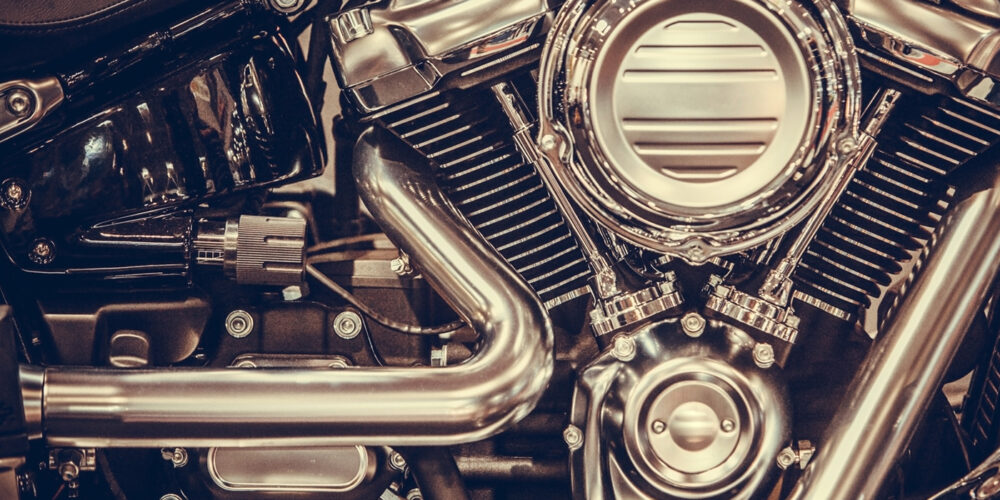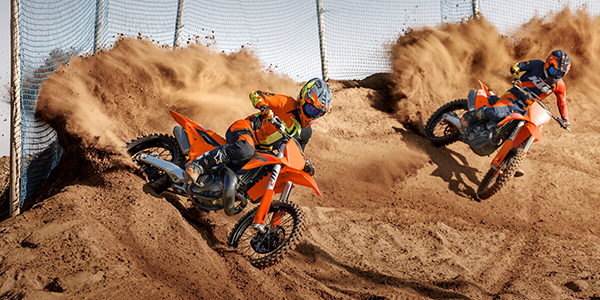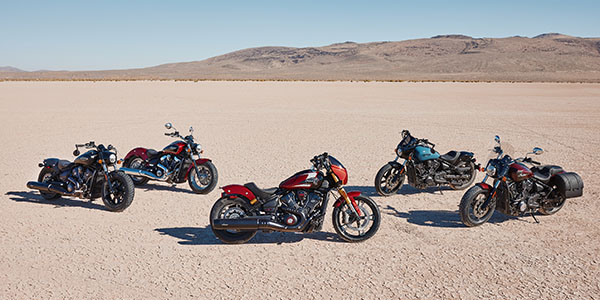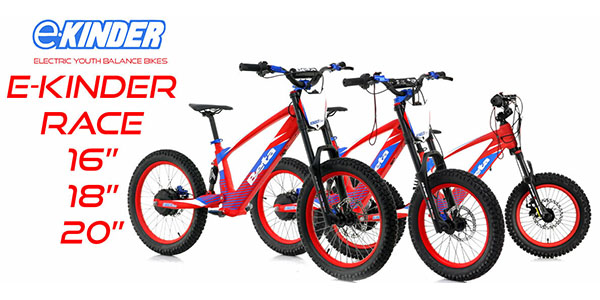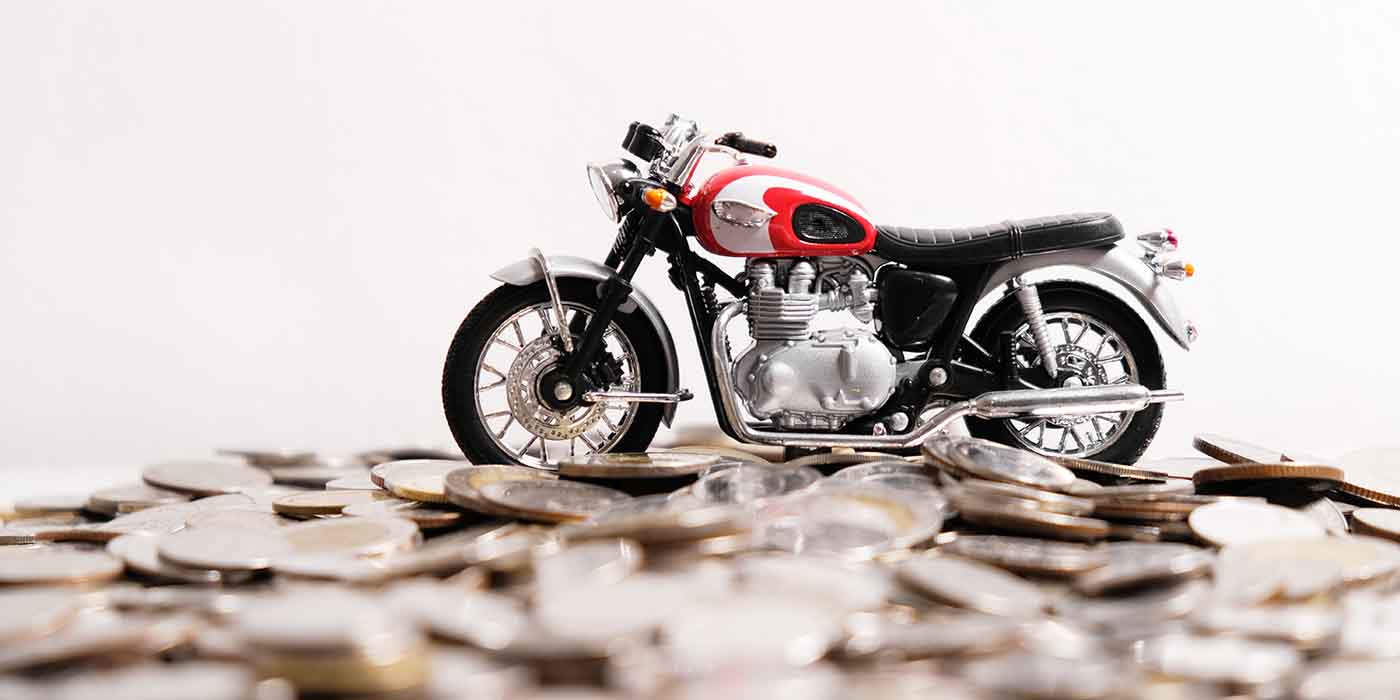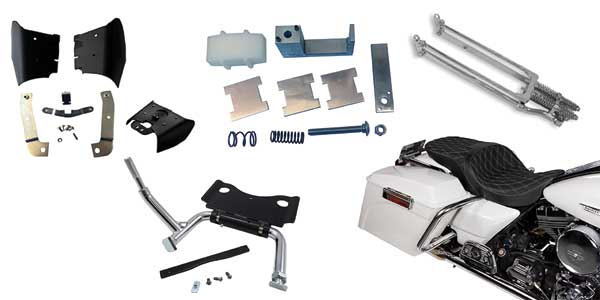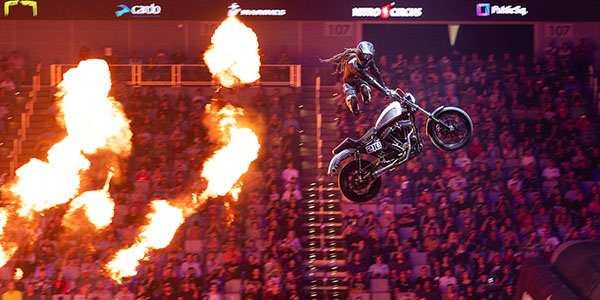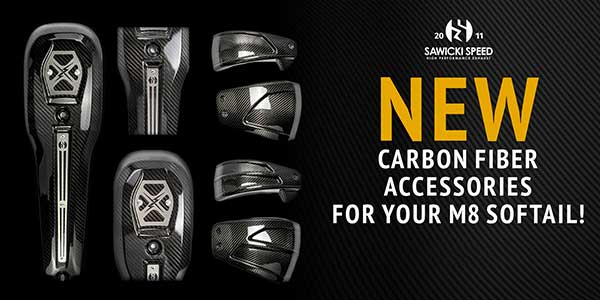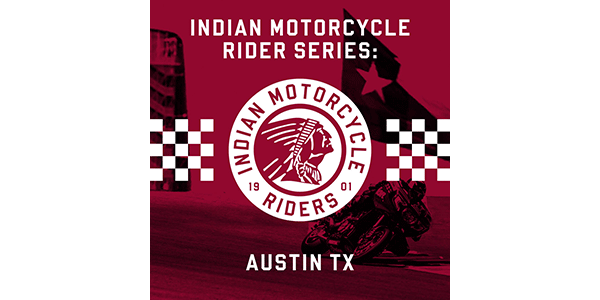It’s a rivalry as deeply ingrained as Ohio State vs. Michigan, Ford vs. Chevy and Coke vs. Pepsi: American V-Twin vs. Metric.
While other brands, such as Suzuki, Honda and Ducati, to name a few, also market V-Twin models in their current lineups, the manufacturers most closely identified with this type of engine are Harley-Davidson and Indian. These two American brands have gone all-in on V-Twin, utilizing it in every model, whereas the Asian and European brands feature primarily metric motors in their bikes.
This divide has a long history, and new riders may not understand the differences between riding a V-Twin or a metric bike, let alone the cultures behind them.
A History of DIY Attitude
In this era of globalization, consumers can order products from around the world, and motorcycles are no exception. With so many markets to choose from, riders have better chances of finding bikes that most closely align with what they want. However, 80 years ago, that wasn’t the case.
When World War II ended in 1945, American soldiers returned home, patriotism was at an all-time high, and U.S. manufacturing was strong. Many veterans purchased their first motorcycles following the war, and the mainstays at the time were Indian Motorcycles and Harley-Davidson. However, these men had also grown up during the Great Depression and lived through war rationing. Back then, the mentality was to keep using and fixing something until it just couldn’t be fixed anymore.
“This group had been forced to get creative to keep vehicles in motion in difficult times and seemed to apply that mechanical bravado to civilian life,” explains David Zemla, vice president of marketing, S&S Cycle. “Not long after, the chopper culture was born — along with the aftermarket that supported it. Since then, these machines have remained largely air-cooled and, by comparison to their metric brethren, fairly simple and easy to modify.”
Of course, there weren’t any metric models to compare to until a couple decades later. Even so, V-Twins remained the bikes of choice for Americans, largely for patriotic reasons.
Metric vs. V-Twin
“In the mid-60s, when the Japanese started importing models, there was still that stigma attached to the aftermath of wars … where people did not want to support the countries that those came from,” says Aaron Whitney, director of owned brands for Tucker Powersports.
That isn’t to say metric bikes didn’t gain a following at the time. They were very economical and served as a reliable form of transportation. In addition, they had more horsepower than V-Twins, which made them ideal for the racetrack.
“Back in the day, everybody was racing V-Twins, which were a very heavy, low-horsepower motorcycle,” says John Strangfeld, national sales manager for Drag Specialties. “We started seeing two-stroke motorcycles being imported into the United States that were lighter weight, fast, purpose-built race machines. Many customers gravitated towards these because they were better fit for racing.”
While metric bikes soon came to dominate the racetrack, many Americans still preferred to ride a V-Twin on the streets. In fact, while V-Twins may not have the power metric bikes do, their unique qualities make them perfect for cruising.
“Generally, metric motors are focused on making horsepower at peak rpm, but unless you’re on a racetrack, most of your time riding is not spent there,” says Brandon Kraemer, vice president, product and electrification at Indian Motorcycle. “V-Twins, however, are made for torque, which you usually feel across the entire rpm sweep, which riders love when traveling at high speed and long distance. You won’t have to shift as much to accelerate, and the motor will be relaxed and deliver its characteristic V-Twin sound and vibration,”
The reason why metric machines are built for the street or track while V-Twins are more focused on comfort and style actually stems from the landscapes and roads in the manufacturers’ home countries.
“In the U.S., we have a lot more space than other parts of the world,” Kraemer explains. “In European countries and the congested cities of Asia, motorcycle designs that favor maneuverability, lighter weight and more lean angle for tight turns are a must. On America’s generally longer and straighter roads, it became common for Americans to tour the country on a motorcycle, and so Americans generally want motorcycles that offer more features and relaxed ergonomics to deliver better comfort and storage for longer trips.”
Furthermore, Kraemer adds, owning a car is much more difficult in other parts of the world, so it’s more common to use a motorcycle for commuting purposes outside the U.S. “For these commuters, features that offer functional benefits are prioritized. But for Americans who more commonly use motorcycles for leisure, style is more often prioritized over function,” he states.
As a result, metric bikes are not customized as much as a Harley-Davidson or an Indian, Tom Motzko, vendor development with Drag Specialties, points out. “But that also builds the excitement about American V-Twins in general — that there is so much aftermarket product available through so many different companies,” he says.
Whitney adds, “The aftermarket world for Harley is three times the size or more… than just about anything else out there. The options are pretty limitless. It’s almost like a LEGO set — you can build it however you want.”
Any retailer today understands the draw of customization. Americans are especially eager to put their own stamp on things, and with V-Twins being so easy to personalize, they’ve remained popular despite some of their shortcomings.
“Oddly the V-Twin’s flaws are what make it so endearing,” Zemla notes. “A stock Harley is neither fast nor nimble and is certainly not known for ride quality, but a built one can be all of these things and is ultimately satisfying to create. This somewhat ethereal connection between man and motorcycle is largely what drives their against-all-odds popularity. An old-school rider once told me, ‘Metric bikes do not need you; the V-Twin does,’ and I couldn’t agree more.”
Part of a Legacy
There’s one final factor that has contributed to the lasting popularity of American V-Twins, and that’s the “cool factor.” There’s always been a certain amount of prestige that comes with owning a Harley or Indian. Furthermore, both companies have extremely long histories.
Indian was founded in 1901 as “America’s First Motorcycle Co.,” and Harley-Davidson appeared on the scene not long after in 1903. While other companies have come and gone (including Indian, for a time), these brands have infused themselves into American minds for more than a century.
“People want to be a part of something,” Strangfeld says. “They want to be a part of that heritage and history. They want to be part of that group of people who are very like-minded and passionate about riding an American-made V-Twin motorcycle. The V-Twin industry has been effective making motorcycling a very personal and emotional experience.”
So, how do you explain to a new rider the differences between a V-Twin and a metric bike? You can start with knowing what he or she is looking for: a commuter or a cruiser? Beyond that, however, there’s only one good way to demonstrate the differences between these two types of bikes: butts in seats, as they say.
“That is the only way to really, truly experience the difference between an American V-Twin and a metric cruiser is to personally hear and feel the difference of that motorcycle when it’s running,” Strangfeld says.

